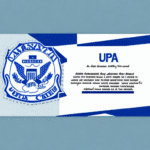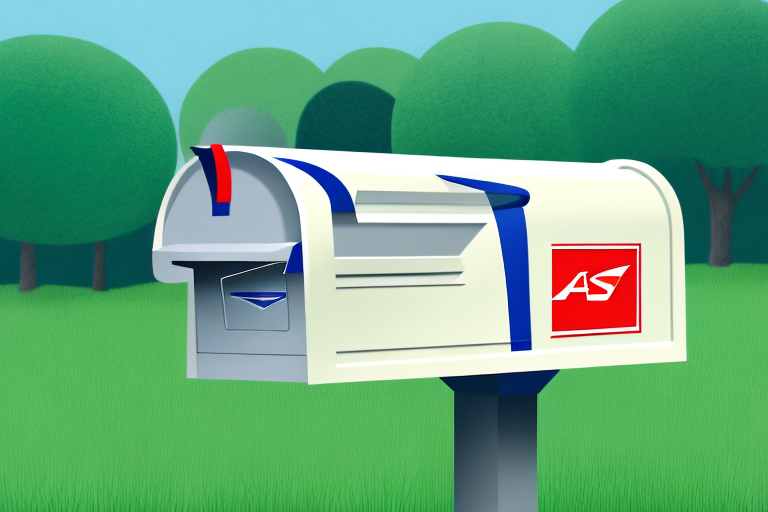How to Insure Your Parcel Post Delivery
Sending valuable items through the mail involves inherent risks. Insuring your parcel post delivery ensures that you are financially protected in case your shipment is lost or damaged during transit. This comprehensive guide covers everything you need to know about insuring your parcels, from understanding the associated risks to effectively filing a claim if issues arise.
Why Insuring Your Parcel Delivery is Essential
Parcel post delivery offers convenience, but it also comes with potential risks such as loss, theft, or damage. According to the United States Postal Service (USPS), millions of parcels are shipped annually, and a small percentage are lost or damaged each year. Without insurance, you may have to bear the cost of replacing the lost or damaged item yourself. Insurance provides peace of mind and financial protection, ensuring that you can recover the full value of your shipment without incurring additional expenses.
Benefits of Parcel Insurance
- Financial Protection: Covers the cost of replacing lost or damaged items.
- Expedited Claims Processing: Insured shipments often benefit from faster claims resolution.
- Higher Coverage Limits: Insurance can cover items of higher value beyond the carrier's basic coverage.
Understanding the Risks in Parcel Delivery
Parcel delivery involves multiple handling and transportation stages, each presenting potential risks. Being aware of these risks helps you make informed decisions about insuring your shipments.
Common Risks
- Loss in Transit: Parcels can get lost due to misrouting or handling errors.
- Damage During Handling: Rough handling can lead to physical damage of the contents.
- Theft: Packages left unattended are vulnerable to theft, especially in high-volume periods like holidays.
International Shipping Risks
International shipments face additional risks such as customs delays, additional fees, and varying regulations. According to the World Bank, customs-related issues are a leading cause of shipment delays globally.
How to Determine the Value of Your Shipment
Accurately determining the value of your shipment is crucial for selecting appropriate insurance coverage.
Factors to Consider
- Item Cost: The purchase price of the item being shipped.
- Shipping Fees: Costs associated with preparing and sending the shipment.
- Additional Expenses: Packaging materials and any other related costs.
Rarity and Sentimental Value
Items that are rare, one-of-a-kind, or hold sentimental value may warrant higher insurance coverage. It's important to assess whether the item's unique qualities increase its overall value beyond the purchase price.
Value Fluctuation
The value of certain items may change over time. For instance, collectibles or electronics might appreciate or depreciate, affecting the insured value you should declare.
Types of Insurance Available for Parcel Delivery
There are various insurance options available to protect your shipments, each offering different levels of coverage.
Basic Carrier Coverage
Most shipping carriers provide a basic level of coverage included in the shipping cost. However, this typically covers only a portion of the item's value and may exclude certain types of items.
Third-Party Insurance
Independent insurance providers offer more comprehensive coverage with fewer restrictions on the types of items covered. According to Insureon, third-party insurance can be customized to fit specific shipping needs.
Excess Valuation Coverage
This option allows you to declare a higher value for your shipment beyond the carrier's basic coverage, providing additional protection for high-value items. It typically involves an extra fee based on the declared value.
International Insurance Options
For international shipments, some carriers offer specialized insurance plans that account for customs and varying international regulations. Reviewing policies from providers like DHL or FedEx can provide insights into available options.
Choosing the Right Insurance Provider
Selecting a reputable insurance provider is critical to ensuring that your claims are handled efficiently and fairly.
Evaluate Specialization and Reputation
Choose providers that specialize in shipping insurance and have a strong track record for claims handling. Reviews and ratings on platforms like Trustpilot can offer valuable insights.
Compare Quotes and Coverage
Obtaining quotes from multiple providers allows you to compare coverage options and pricing, ensuring you receive the best value for your needs.
Customer Service Accessibility
Effective communication with your insurance provider is essential, especially during the claims process. Look for providers that offer multiple contact methods, such as phone, email, and live chat.
Step-by-Step Guide to Insuring Your Parcel Delivery
Follow these steps to ensure your parcel is properly insured:
- Calculate the Shipment Value: Assess the total value, including the item's cost, shipping fees, and additional expenses.
- Select the Insurance Type: Choose between basic coverage, third-party insurance, or excess valuation based on your needs.
- Choose an Insurance Provider: Research and compare providers to find the best coverage and rates.
- Purchase the Insurance Policy: Complete the necessary paperwork and payment to secure coverage.
- Prepare and Ship the Parcel: Use appropriate packaging and attach the insurance documentation as required.
Ensure that all documentation, including receipts and photos of the item, are retained for future reference if a claim is necessary.
Filing Claims for Lost or Damaged Shipments
In the unfortunate event that your shipment is lost or damaged, timely and accurate claims filing is essential to recover your losses.
Steps to File a Claim
- Report the Issue: Contact the carrier immediately to notify them of the lost or damaged shipment.
- Gather Documentation: Provide the tracking number, proof of value, and any evidence of damage (e.g., photos).
- Submit the Claim: Follow the insurance provider’s instructions to file the claim, ensuring all required information is included.
- Track the Claim: Maintain regular communication with both the carrier and insurance provider to monitor the claim's progress.
Important Considerations
- Time Limits: Be aware of the deadlines for filing claims, which vary by carrier and insurance provider.
- Documentation: Accurate and complete documentation increases the likelihood of a successful claim.
- International Claims: Understand that international claims may have different processes and requirements.
Preventing Loss or Damage During Parcel Delivery
Proactive measures can significantly reduce the risk of your parcel being lost or damaged during delivery.
Packaging Best Practices
- Use Sturdy Materials: Invest in high-quality boxes and padding materials to protect your items.
- Seal Properly: Use strong tape and ensure all seams are securely closed to prevent tampering.
Security Enhancements
- Signature Requirement: Require a signature upon delivery to ensure the package is received by the intended recipient.
- Tamper-Evident Features: Utilize tamper-evident tape or seals to deter theft and provide evidence if interference occurs.
Tracking and Monitoring
Employ tracking services to monitor your shipment’s progress in real-time, allowing for prompt action if any issues arise.
Common Mistakes to Avoid When Insuring Your Shipment
Avoid these common pitfalls to ensure your parcel insurance is effective and claims are successfully processed:
- Underestimating Shipment Value: Accurately assess and declare the full value of your shipment to ensure adequate coverage.
- Relying Solely on Basic Coverage: Basic carrier insurance may not cover the full value or specific types of items.
- Selecting Based on Price Alone: Cheapest options may offer insufficient coverage or poor claims handling.
- Neglecting to Read Policy Terms: Understand the coverage details, exclusions, and claim procedures before purchasing insurance.
Conclusion
Insuring your parcel post delivery is a crucial step in safeguarding your valuable shipments against unforeseen events. By understanding the risks, accurately determining shipment value, selecting the appropriate insurance type, and choosing a reputable provider, you can ensure that your parcels arrive safely and that you are protected financially if issues occur. Additionally, implementing preventive measures can further minimize the chances of loss or damage, providing peace of mind every time you send a package.






















